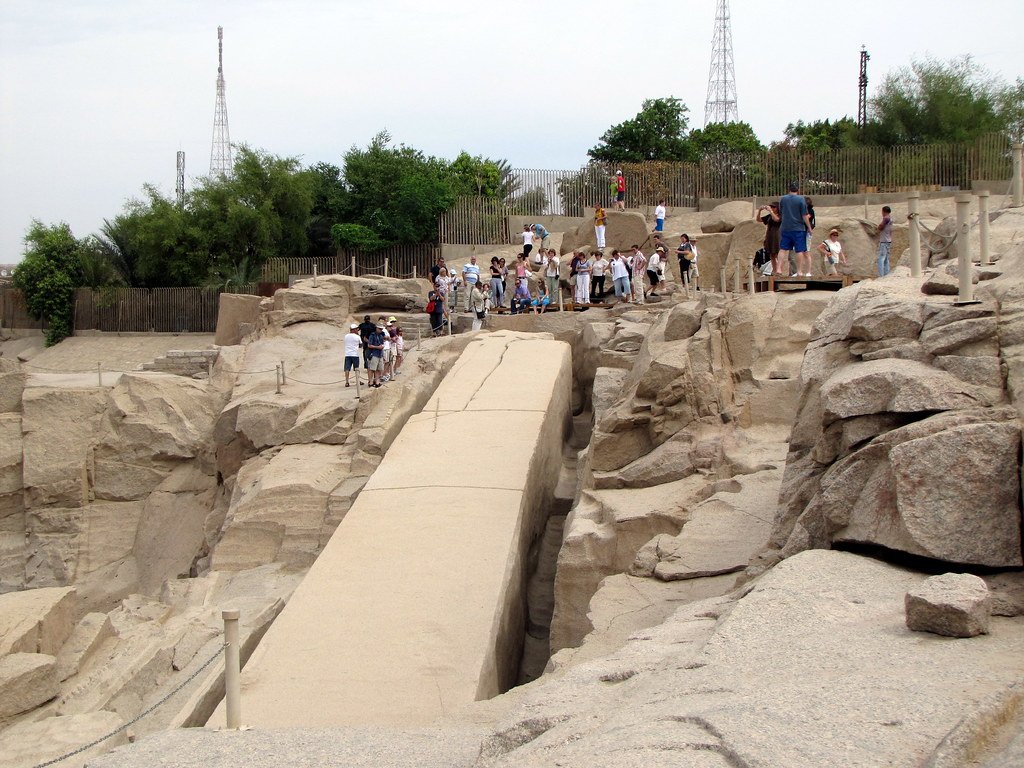Beneath your feet lies one of nature’s most powerful allies in the fight against climate change. While we focus on planting trees and reducing emissions, underground fungal networks store over 13 gigatons of carbon around the world, roughly equivalent to 36 per cent of yearly global fossil fuel emissions. These microscopic organisms, invisible to the naked eye, might hold the key to planetary salvation.
Think of it like discovering a hidden bank vault beneath your house, except this vault has been storing atmospheric carbon for millions of years. Recent groundbreaking research has revealed that mycorrhizal fungi take up nearly three times as much carbon as the U.S. emitted in 2021. This revelation changes everything we thought we knew about carbon storage on Earth.
The Hidden Carbon Heroes Living Underground
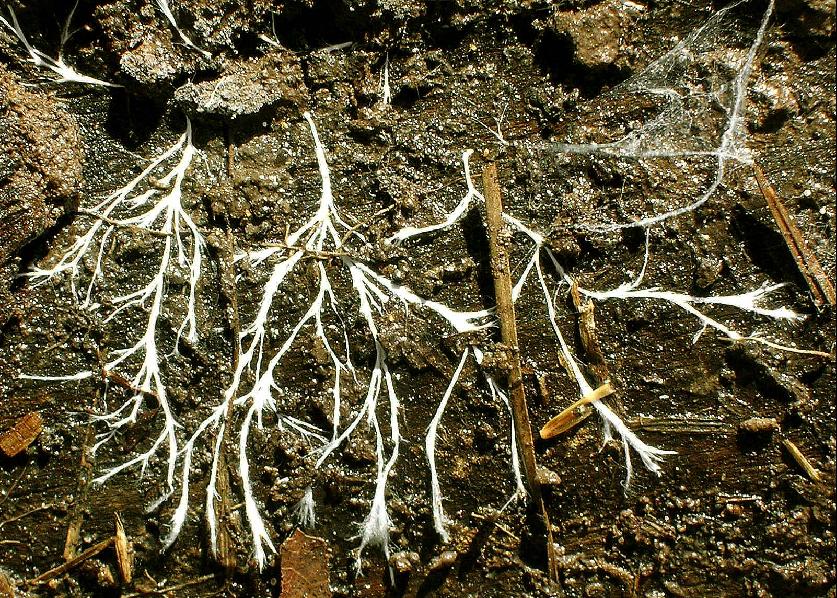
Mycorrhizal fungi form vast underground networks found in soils on every continent of Earth, from forests to grasslands to croplands. These aren’t just any ordinary fungi – they’re nature’s most sophisticated carbon traders. Because 70%–90% of land plants form symbiotic relationships with mycorrhizal fungi, researchers have long surmised that there must be a large amount of carbon moving into the soil through their networks.
Picture this underground world as a bustling metropolis where plants and fungi engage in constant commerce. Plants hand over carbon-rich sugars and fats to fungi, while fungi deliver essential nutrients like phosphorus and nitrogen back to plants. Mycorrhizal fungi use carbon to build far-reaching networks of fine filaments known as hyphae. Fungal hyphae form a vast web that allows plants to source water and nutrients from a much larger area.
The scale of these networks is mind-boggling. The length of fungal mycelium globally is estimated to span vast distances across cosmic scales. If you could line up all these fungal threads, they would stretch across cosmic distances, yet they’re quietly working right beneath your garden.
How Much Carbon Are We Actually Talking About
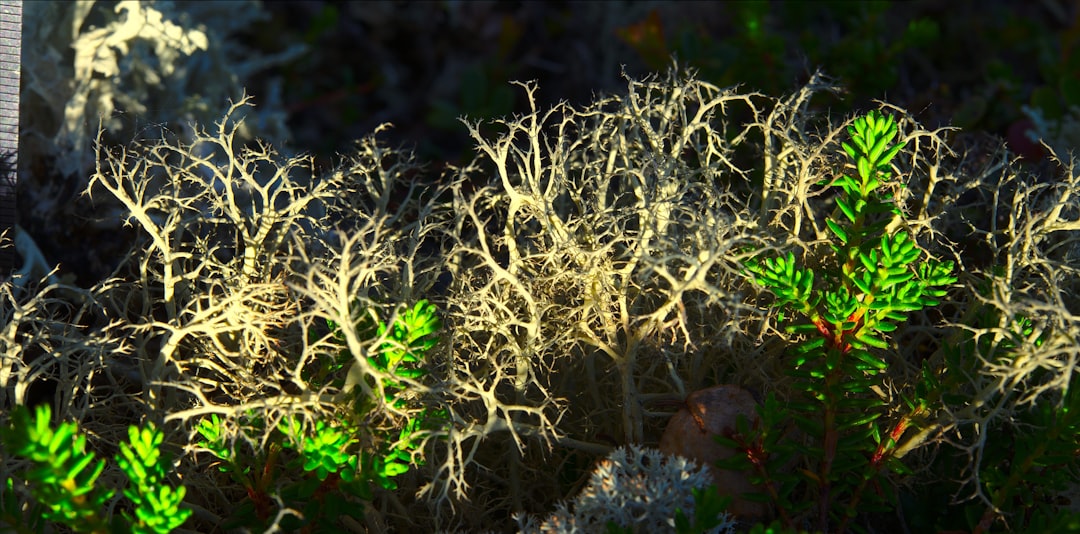
The numbers from recent research are nothing short of jaw-dropping. According to a recently published study in Current Biology, more than 13 billion metric tons of CO2 is passed from plants to mycorrhizal fungi each year – equivalent to around 36% of all annual global fossil fuel emissions. This discovery fundamentally shifts our understanding of Earth’s carbon cycle.
Global plant communities allocate 3.93 Gt CO2e per year to arbuscular mycorrhizal fungi, 9.07 Gt CO2e per year to ectomycorrhizal fungi, and 0.12 Gt CO2e per year to ericoid mycorrhizal fungi. To put this in perspective, imagine if every car on the planet suddenly vanished – the carbon reduction still wouldn’t match what these fungi are already handling annually.
Approximately 75% of all land carbon is stored in the soil, and mycorrhizal fungi are vital in pumping carbon into the soil food web, where it can be locked away. This makes soil not just dirt, but the planet’s largest carbon vault.
Yet here’s what makes this discovery particularly shocking: The microbial life underground has largely been ignored in carbon calculations in the past. When people count up how much carbon is in an ecosystem, they almost exclusively focus on aboveground carbon accounting and plant biomass stocks.
The Secret Weapon Called Glomalin

Deep within the fungal world lies a protein that could revolutionize how we think about carbon storage. One of the most significant contributions of arbuscular mycorrhizal fungi is the production of glomalin-related soil protein (GRSP). Glomalin is a glycoprotein secreted by the fungal hyphae into the soil matrix. It acts as a “glue” that binds soil particles together into stable aggregates.
This sticky substance isn’t just holding soil together – it’s creating carbon storage capsules. By stabilizing organic carbon within aggregates, glomalin contributes to soil carbon sequestration. Think of glomalin as nature’s carbon cement, locking atmospheric CO2 into soil structures for decades.
Glomalin is rich in carbon, which makes it an important storage of organic carbon in the soil, contributing to climate change mitigation. The protein’s remarkable properties include recalcitrance for slower decomposition, ability to sequester carbon, hydrophobicity to aid water retention, and chelation, binding itself to heavy metallic pollutant particles in the soil.
Perhaps most impressively, its ability to resist decomposition means that the carbon sequestered in glomalin can remain in the soil for decades, contributing to climate change mitigation. Studies have estimated that the average life of glomalin in soil may be about 50 years, making it a key component in long-term carbon sequestration.
Three Ways Fungi Lock Carbon Underground
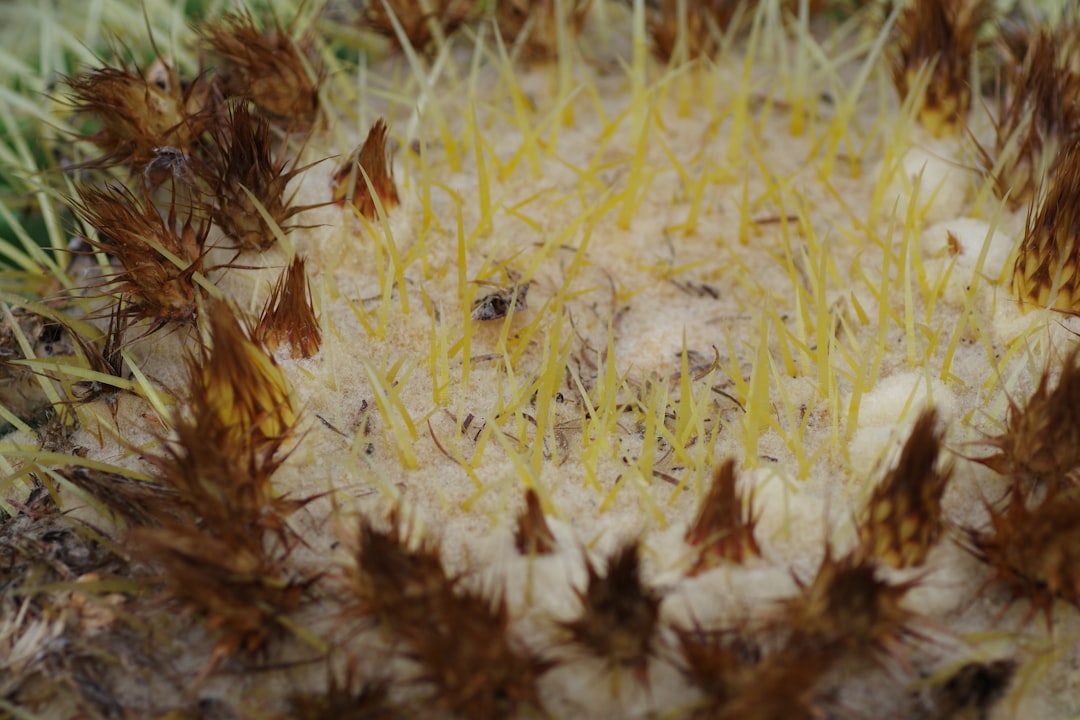
Underground fungal networks sequester carbon in three ways. First, fungi use carbon to build rapidly expanding networks in the soil. These networks are connected to plant roots, and act as nutrient highways. Imagine a sprawling underground transportation system where carbon becomes the building material for roads and bridges.
The second mechanism involves creating protective structures. Once transported underground, carbon is used by mycorrhizal fungi to grow a more extensive mycelium, helping them to explore the soil. It is also bound up in soil by the sticky compounds exuded by the fungi and can remain underground in the form of fungal necromass, which functions as a structural scaffold for soils.
Third, sequestered carbon is stored in fungal necromass. Necromass describes underground networks that are no longer active, but whose complex architecture is structurally woven into the soil matrix. Microbial necromass is responsible for up to one-half of total soil organic matter and helps stabilize soils. Even when fungi die, they continue protecting carbon like ancient ruins preserving treasures.
The Climate Crisis We Didn’t Know We Had
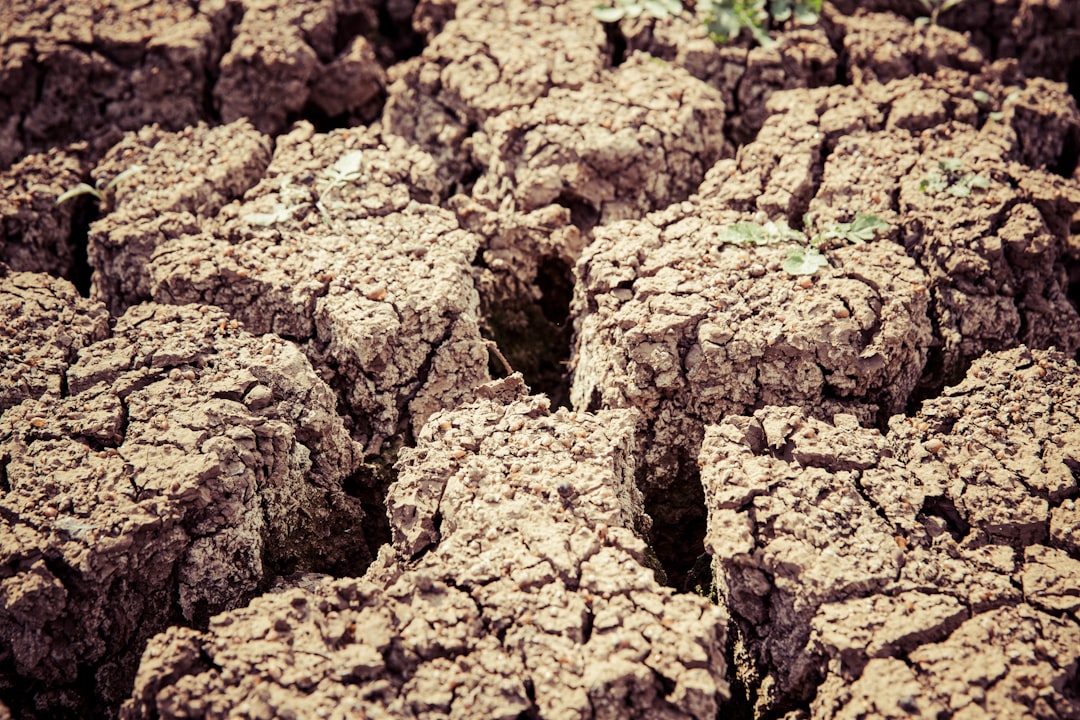
Here’s where the story takes a disturbing turn. At the current rate, the UN warns that 90 per cent of soils could be degraded by 2050, which could be catastrophic for not only curbing climate change and rising temperatures, but for the productivity of crops and plants too. We’re facing a soil apocalypse, and most people don’t even know it’s happening.
Soil ecosystems are being destroyed at an alarming rate through agriculture, development and other industry, but the wider impacts of disruption of soil communities are poorly understood. When we disrupt the ancient life support systems in the soil, we sabotage our efforts to limit global heating and undermine the ecosystems on which we depend.
The tragedy is that land degradation cripples our ability to fight climate change and biodiversity collapse. If we lose the fungal networks in our soil, we also lose whatever carbon they store and the critical nutrient source that supports the ecosystems we depend on. We’re essentially burning down our underground carbon libraries without realizing their value.
Why Traditional Carbon Solutions Fall Short
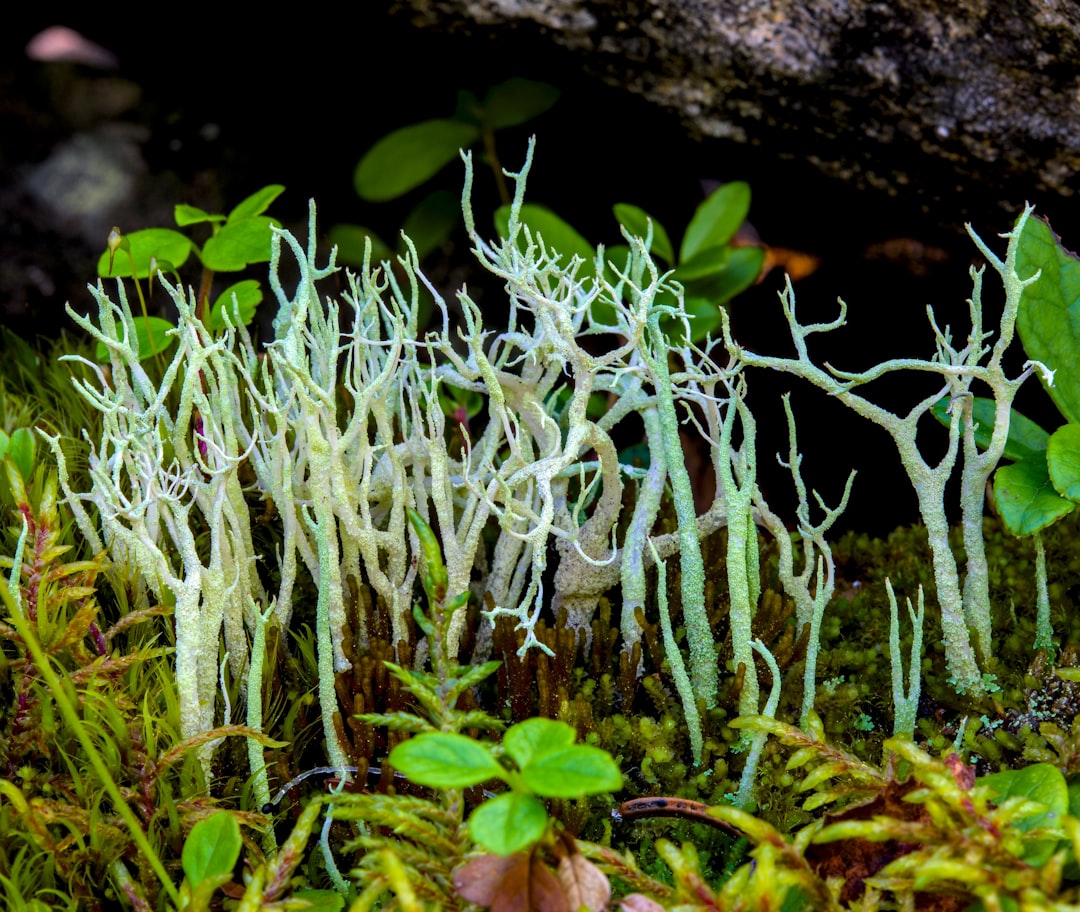
Aboveground climate solutions are only going to get us so far. For example, electrifying transportation, decarbonizing energy grids, cutting emissions, improving agricultural practices, increasing forest stocks, protecting existing natural systems, etc – these are all important and necessary goals. But even if they are achieved, there will still be a gap in the carbon budget that needs closing.
Understandably, much focus has been placed on protecting and restoring forests as a natural way to mitigate climate change, but little attention has been paid to the fate of the vast amounts of carbon dioxide that are moved from the atmosphere during photosynthesis by those plants and sent belowground to mycorrhizal fungi.
Mycorrhizal fungi represent a blind spot in carbon modelling, conservation, and restoration – the numbers we’ve uncovered are jaw-dropping, and when we’re thinking about solutions for climate we should also be thinking about what we can harness that exists already. We’ve been trying to build new carbon capture technology while ignoring the sophisticated system already operating beneath our feet.
In other words, we also need to be innovating for new carbon drawdown solutions. The big insight from this paper is that there is a living system underground, evolved to pump carbon from plants into soil, already operating at a scale that is making a real impact on our collective climate story.
Protecting Our Underground Carbon Allies

So how do we protect these invisible climate heroes? Strategies to protect these vital fungal networks lie in the protection and restoration of natural habitats, as well as the sustainable management of working lands through practices like no-till farming and sustainable grazing where the soil is left relatively undisturbed.
To harness these benefits effectively, land managers should adopt practices favoring robust mycorrhizal populations: Minimize soil disturbance: Reduced tillage helps preserve fungal networks. Use cover crops: Plants that form mycorrhizas provide continuous hosts. Avoid excessive fertilizers: High phosphorus applications can suppress AMF colonization. Limit fungicide use: Many biocides harm beneficial fungal populations. Incorporate organic amendments: Compost addition supports microbial diversity aiding aggregation.
Climate mitigation efforts should leverage the role of fungi in soil carbon sequestration. Agricultural and land management practices that promote fungal diversity – such as reduced tillage, organic amendments, and mixed cropping – can increase soil carbon storage and resilience to climate variability.
Researchers are now calling for fungi to be considered in biodiversity and conservation policies, given its crucial role in cutting carbon emissions. This isn’t just about soil health anymore – it’s about planetary survival.
The Future of Fungal Climate Solutions
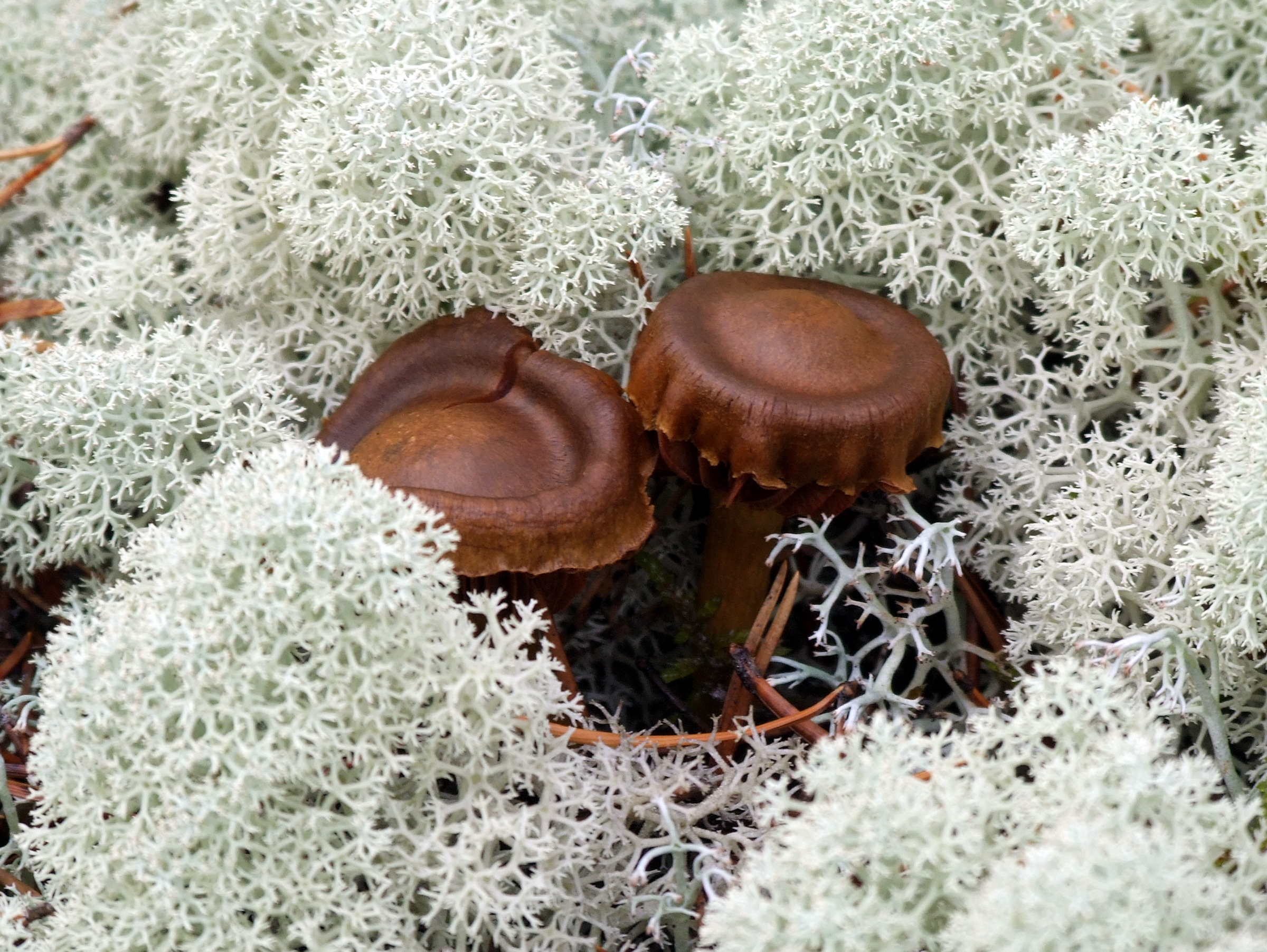
But there’s a race against time to understand and protect these fungi. The UN Food and Agriculture Organization warns that 90% of soils could be degraded by 2050, and fungi are left out of most conservation and environmental policy. Without the fertility and structure that soil provides, the productivity of both natural and crop plants will rapidly decline.
Scientists are pushing for rapid expansion of research. Organizations like SPUN, the Fungi Foundation, and GlobalFungi are leading a massive global sampling effort to create open-source maps of Earth’s fungal networks. These maps will help chart the properties of underground ecosystems, such as carbon sequestration hotspots, and document new fungal species able to withstand drought and high temperatures.
The researchers are now investigating how long the carbon is stored by the fungi in the soil, and are seeking to further explore the role that fungi plays in Earth’s ecosystems. Understanding carbon permanence in fungal systems remains one of the biggest knowledge gaps limiting our ability to harness their full potential.
I am amazed by how little we still know about carbon trading between plants and fungi. It’s incredible that even with Earth’s carbon cycle – something we’ve spent decades studying and quantifying – there is still room for major discoveries. This study has helped make something invisible, visible, and it’s only the beginning – there’s still so much we don’t know about underground ecosystems.
Conclusion
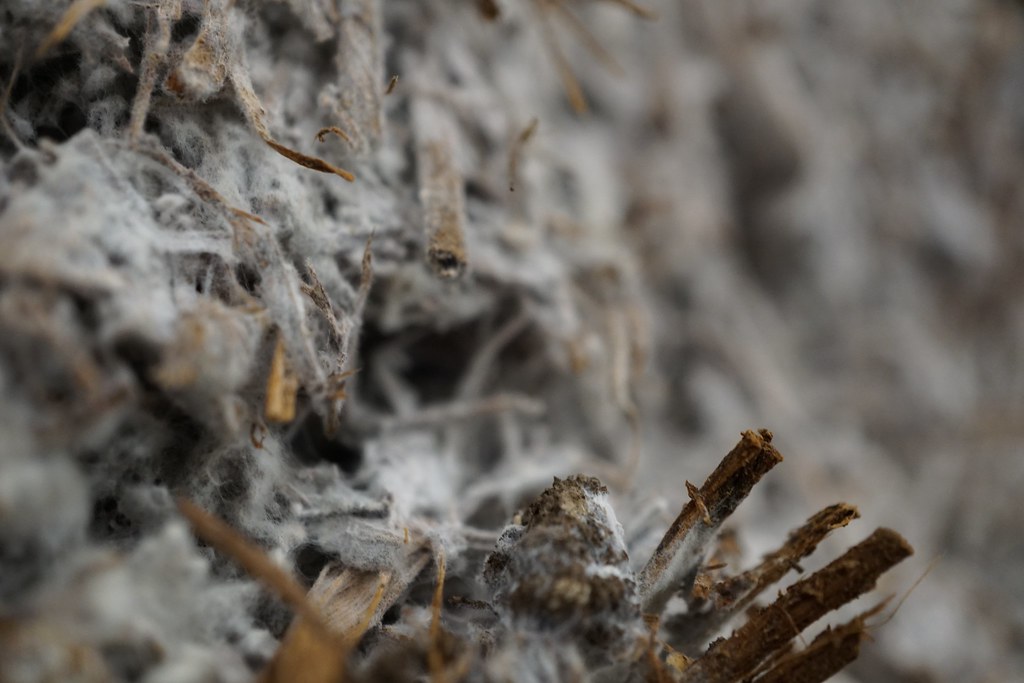
The discovery that underground fungi are storing carbon equivalent to more than a third of global fossil fuel emissions changes everything. These invisible networks represent one of nature’s most sophisticated climate solutions, operating at planetary scale while we’ve been looking elsewhere for answers.
Yet we’re destroying these fungal allies faster than we’re learning about them. The race is on to map, understand, and protect these underground carbon heroes before it’s too late. Mycorrhizal fungi lie at the base of the food webs that support much of life on Earth, but we are just starting to understand how they actually work. There’s still so much to learn.
The solution to climate change might not lie in futuristic technology, but in protecting the ancient wisdom already thriving beneath our feet. What do you think about this underground climate solution? Tell us in the comments.




